Side extension costs — how much should you budget to add extra space?
With our expert guide to side extension costs you can ensure your project runs super smoothly
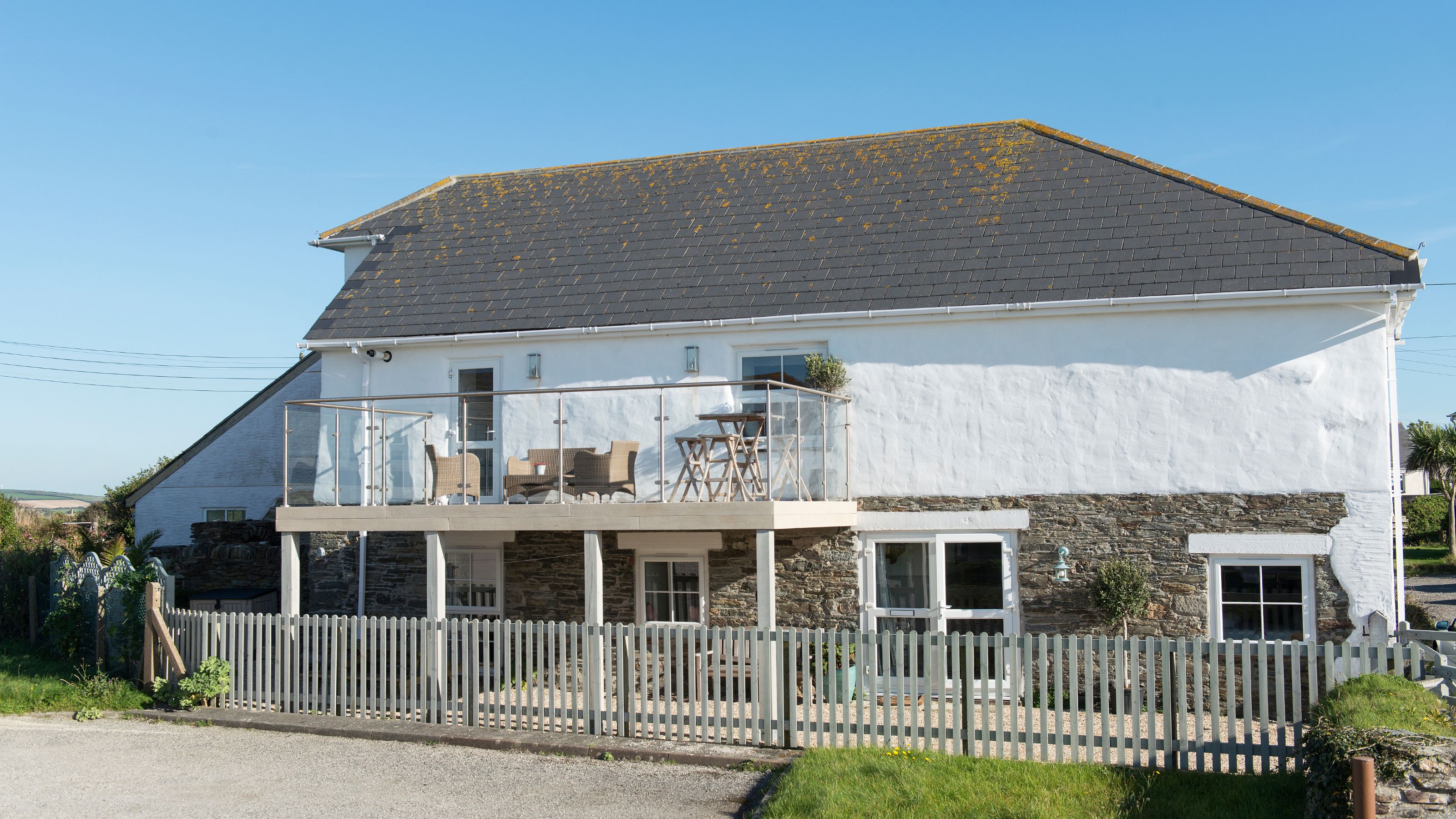

If side extension costs are something on your mind at present, our guide is here to take you through everything you need to know to plan your budget for the project ahead.
Extension ideas come in all shapes and sizes, yet there are still ways to estimate the costs associated with different types of additions. Getting a grasp on the kind of quotes you can expect to receive back from builders once you put your project out to tender will be key to its success.
It doesn't matter whether your side extension plans lie towards the smaller end of the scale or you have something a little grander in mind, with our guide to costs you can feel confident your budget will stretch to your needs.
How much does a side extension cost?

When it comes to how much an extension costs it will depend on a few different factors. When you're building an extension, for the project to be a success it is crucial that you set out knowing how much to budget – without this knowledge you face being unable to complete the project within the planned timescale.
Thankfully, it is quite possible to at least estimate your likely costs, no matter what kind of design you have planned.
'Side extension costs start from £50K upwards depending on the size and internal specifications,' explains Rob Wood, MD of Simply Extend. 'The average cost of a side return extension can also vary slightly depending on location and which region your home is based in. This is due to regional differences in material and labour costs.'
If you are trying to get a firmer idea of a price for your particular project you need to look at prices in terms of per square metre.
Get the Ideal Home Newsletter
Sign up to our newsletter for style and decor inspiration, house makeovers, project advice and more.
According to Checkatrade you should budget between £1,500 and £4,500/m2. If this sounds a little too general let us explain. The lower figure is for very simple, single storey side extensions. To achieve this modest figure you would need to stick to standard, off-the-shelf fixtures and fittings and be willing to put in a fair amount of DIY work.
The very top figures are representative of really high-spec, two-storey side extensions and those featuring a high proportion of glass.

Along with his wife Helen Wood, Rob founded Simply Extend. Robert was originally a project manager of railway and underground construction in London until he left in 2008 to set up the Simply Extend, Simply Loft firms and, more recently, Simply Basement. These firms now make up the Simply Construction Group.
How to maximise value for money with a side extension
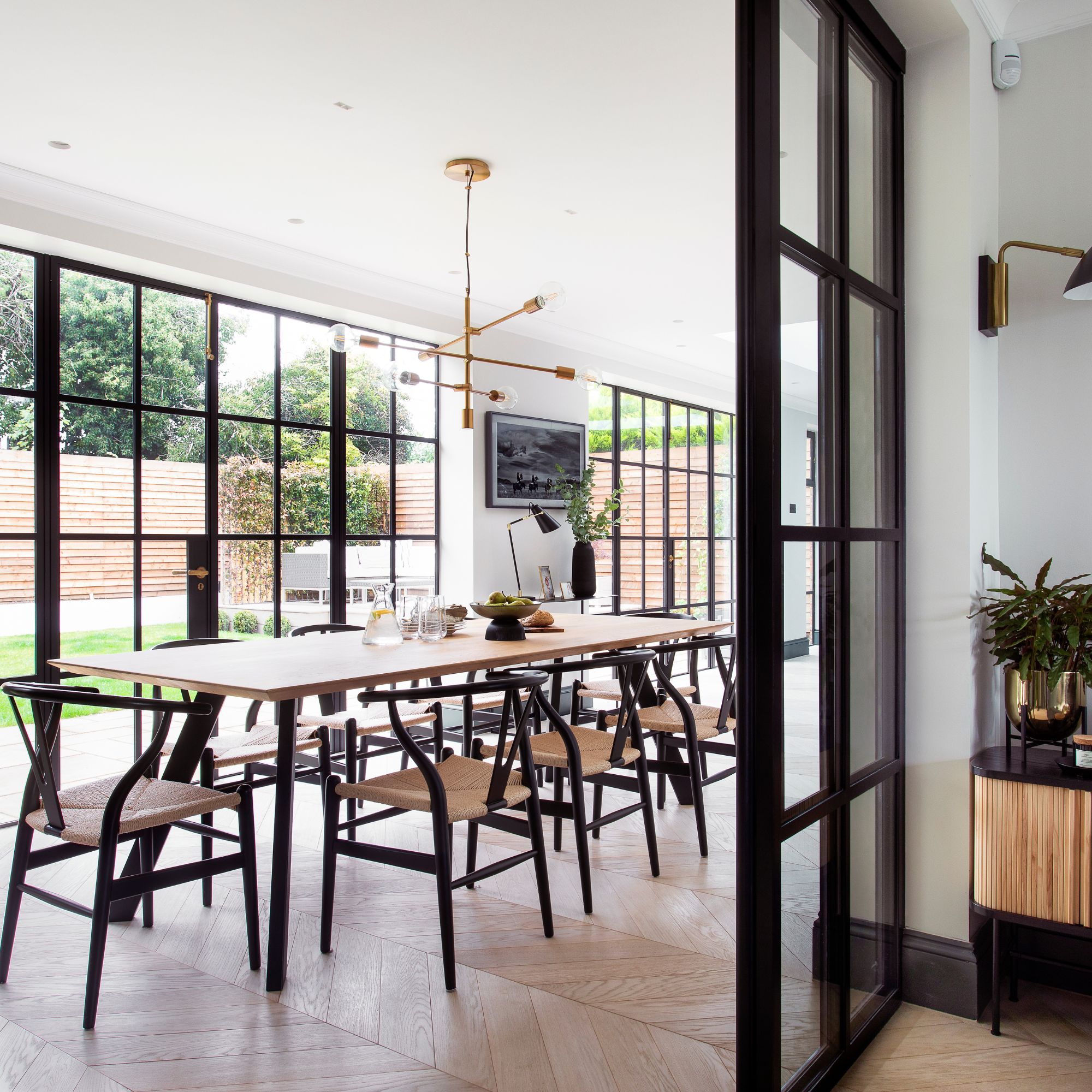
There are quite a few determining factors when it comes to what an individual side extension will cost. For example, someone after kitchen extension ideas could face a quite different set of costs to a homeowner aiming for an extra spare bedroom. Understanding what these are should help you to make your budget stretch further.
'The average cost of extending a house will vary depending on the size of your property and what you want to achieve,' explains Rob Wood. 'Costs of extensions can be very hard to predict and will also require a small amount of contingency budget placed aside for any extras that may arise throughout the project.'
Factors that will influence how much your side extension costs include:
- Location: Some parts of the UK are more expensive to build in than others.
- Site access: If it will be hard to get materials and equipment onto site, expect costs to rise.
- Specification: If you are happy with a basic, standard finish (perhaps if you plan on moving on quite soon) your costs will be lower than someone aiming for a very high-spec, bespoke finish.
- Construction materials: The way in which you choose to build your extension will have a huge effect on costs. A simple rendered, brick and block extension will be cheaper than an oak framed addition with lots of glass, for example.
- Ground conditions: If specialist foundations are needed, costs will go up.
- Size: The bigger the extension, the longer it will take and the more materials will be needed. Those after small kitchen extension ideas can obviously expect lower quotes than people wanting huge new additions.
How to keep costs down when building a side extension
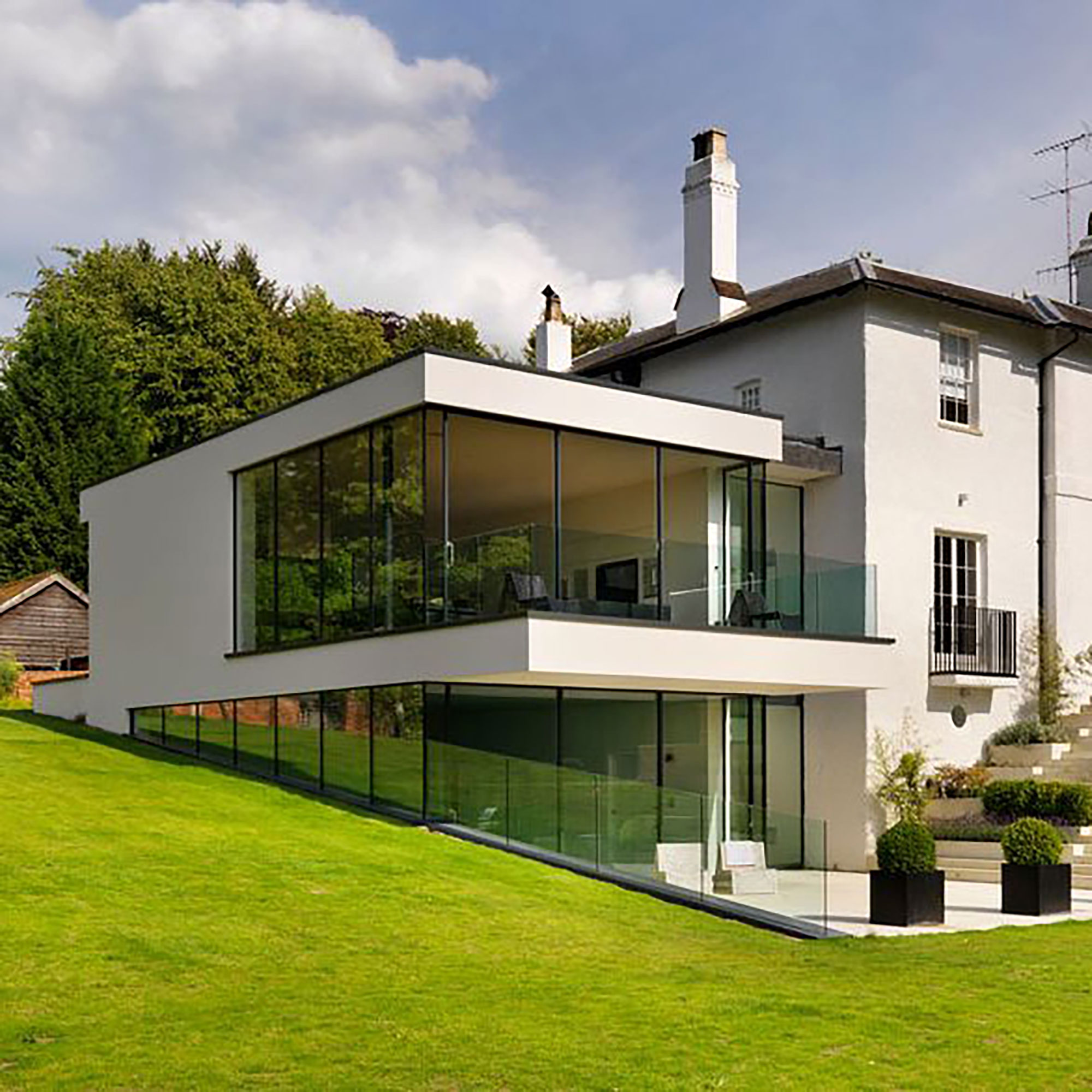
If our cost guide has left you feeling a little uneasy, fear not – there are lots of ways to make savings on a side extension.
Some of the best ways to save on your extension costs include:
- Project managing: Taking on the role of project manager for your own extension could potentially save you thousands – just make sure you know what is involved before shouldering this responsibility.
- DIY input: The more work you can carry out yourself, the less you will pay out on labour.
- Choose standard over bespoke: Sticking to widely available and off-the-shelf items will cost less than custom made, in general.
- Keep things simple: The more complex your design and the shape of the roof, the more it will cost.
One point to note is that while it is easy to assume that the cost of a single storey extension will make more sense financially than a double storey design, this is not necessarily the case.
'Costs for side extensions are similar to side return extension costs,' says architect James Munro of Pace Architecture. 'That said, there is efficiency in building two storeys over a single storey design.'
The reason behind this is that two of the most expensive elements of any extension are the foundations and the roof – and these will be required whether you are building over one or two levels. Of course you will need to factor in extra windows, floor coverings and internal decoration, but two-storey extension costs can mean a larger addition is more cost-effective overall – and may add more value too.

James is an Architect with over 20 years experience working on homes for clients. He has delivered many complex large scale renovations, including new basements, swimming pools and multi-unit mixed used developments for commercial clients. His expertise includes working on listed buildings and obtaining challenging planning consents across all London Boroughs and across the South-East. His ethos for a successful end result, is having a collaborative, customer-centric service with an emphasis on attention to detail, considered design solutions and high-quality materials and suppliers, as well as working with trusted partners in the construction industry.
Are there any hidden costs of side extensions?
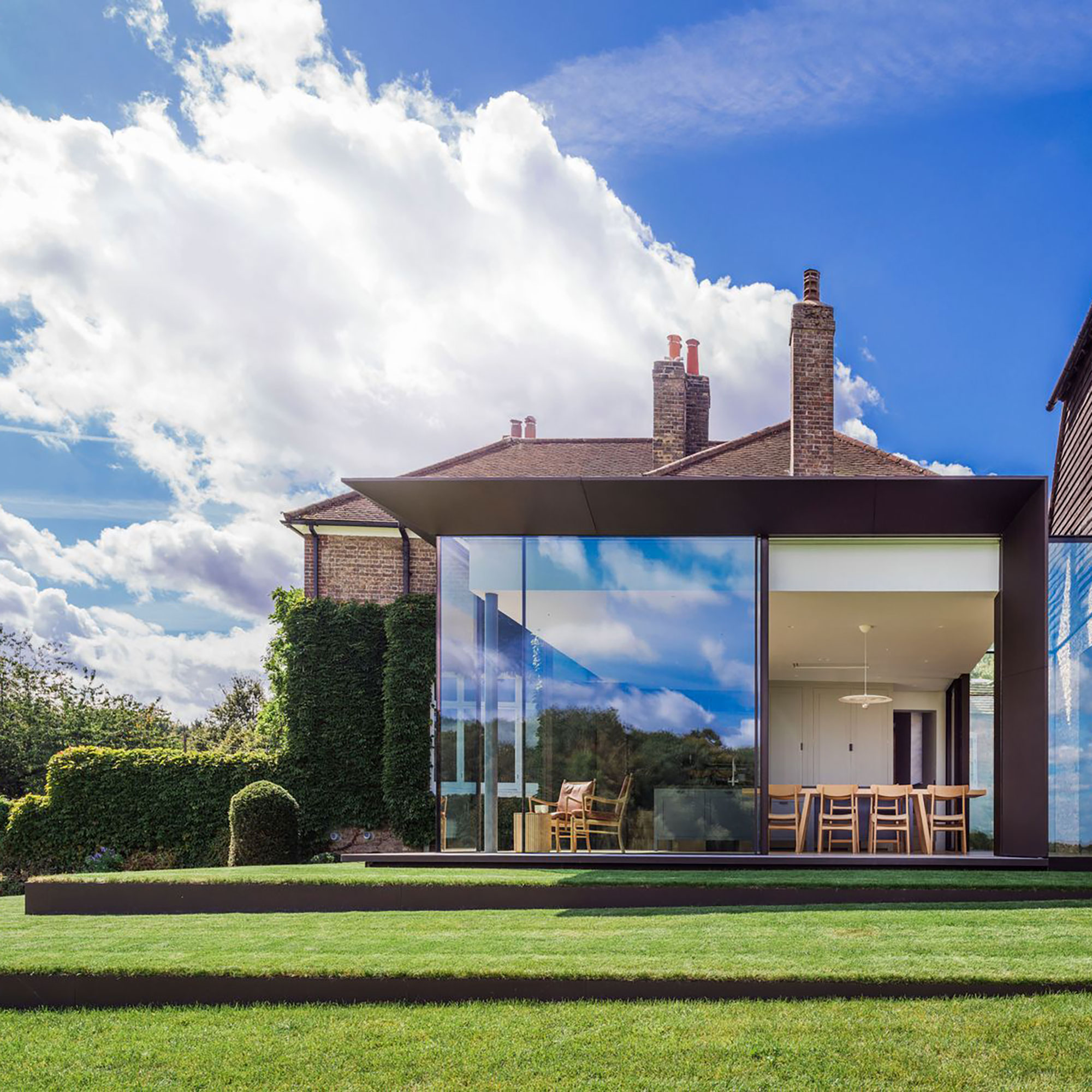
With any kind of home improvement or build project there are some costs that are not immediately obvious that can get missed off budgets.
Before you decide whether the side extension of your dreams is within your reach financially, take a look at our list of hidden costs associated with this kind of addition.
- Planning permission: If your side extension will not fall within permitted development, expect to pay £258 for a householder application. You might also have to pay a service charge of £70.
- Building regulations: Fees for plans, inspections and approval certificates vary and will be published on your local authority's building control website.
- Access: If specialist equipment will be required to get materials onto your site, costs will go up.
- Design fees: Whether you hire an architect or any other kind of house design professional, you will need to pay for their services.
- Structural engineer: It is very common for a structural engineer to be required in the case of side extensions.
- Build Over Agreement: If your extension will affect a public sewer, a fee will be required from your local water supplier. Expect costs of around £300.
Will a side extension add value to your home?
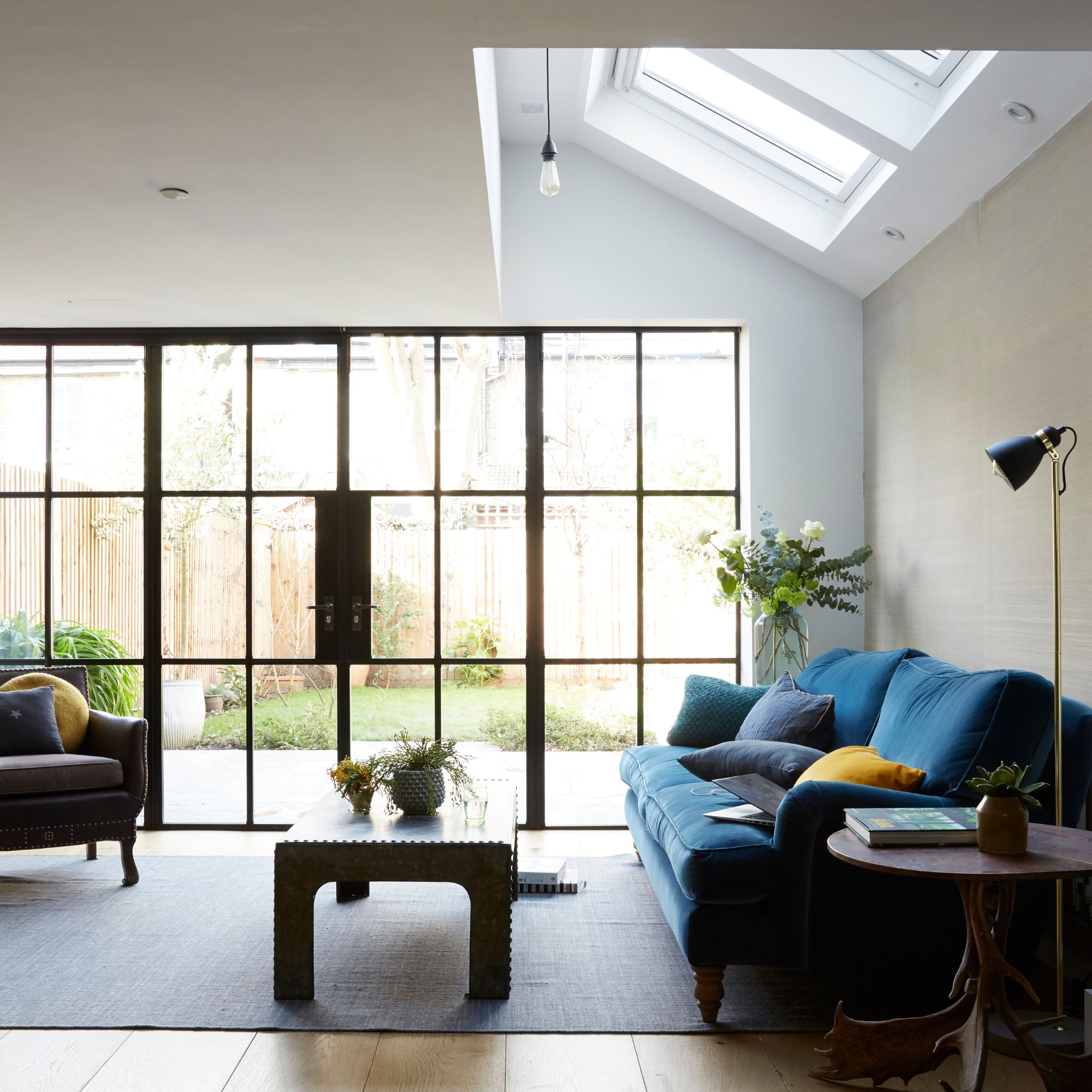
Any extension that is designed to complement the existing building and that has a positive impact on its appearance and layout, as well as adding space, should add value.
That said, it is always wise to bear in mind ceiling prices in your area. A local estate agent will be able to advise you of the likely uplift in value. However, there are a few aspects of side extensions to bear in mind here when comparing this type of addition to other types of designs, such as loft conversion ideas.
'A side extension will require foundations, a roof and external walls, so in effect will typically be more expensive than a loft conversion,' points out architect Gregory Phillips or Gregory Phillips Architects. 'However adding this space can transform a house.'
'If the house is detached, or semi-detached, a side extension can be a good option,' reassures James Munro. 'If the house sits on a plot wider than its main frontage, then the extra width can be an opportunity to have a wider floor plan, especially at the back.'

Gregory Phillips Architects are an award-winning residential architecture and interior design studio. They provide luxury modern house architecture offering a holistic service when required, incorporating high-end building design with interior and landscaping design.
FAQs
Do I need an architect for a side extension?
While there is no actual requirement for you to hire an architect to design your side extension, it is definitely the best way to ensure you are making the most of your new space.
If you do take this route, be sure to take the time to find the perfect architect and ask trusted sources for recommendations.
It is also worth bearing in mind that an architect isn't your only option – an architectural technologist or house designer could also be good choices.
If you are looking to keep costs down, you might choose to select a 'plans only' service in order to get your drawings and then take over as project manager yourself.
If you still haven't decided whether a side extension is the best option for you, take a look at how to plan a loft conversion before making your final choice.

Natasha has been writing about everything homes and interiors related for over 20 years and, in that time, has covered absolutely everything, from knocking down walls and digging up old floors to the latest kitchen and bathroom trends. As well as carrying out the role of Associate Content Editor for Homebuilding & Renovating for many years, she has completely renovated several old houses of her own on a DIY basis.
-
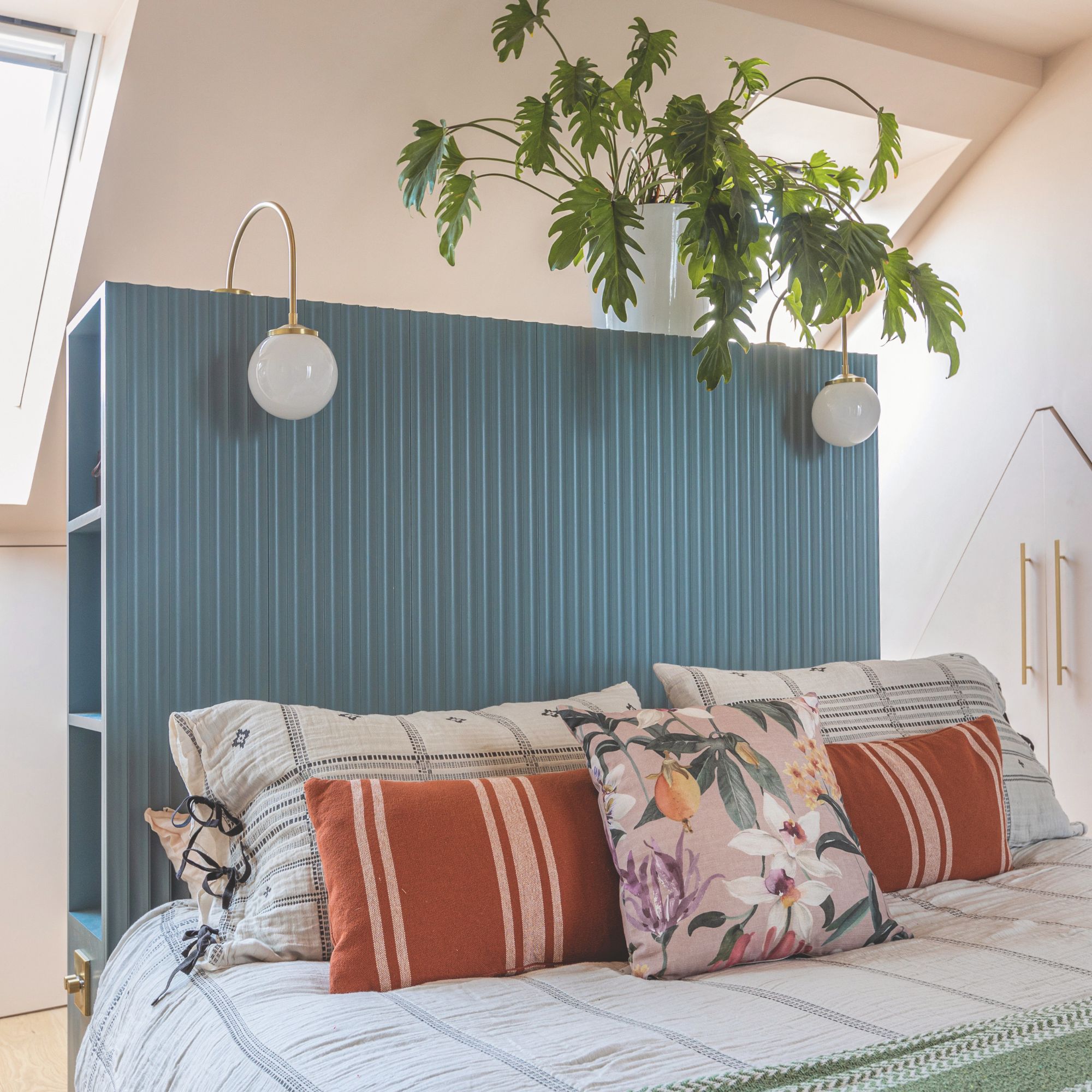 5 signs you’ve taken decluttering too far — and how you can pull yourself back, according to organisation experts
5 signs you’ve taken decluttering too far — and how you can pull yourself back, according to organisation expertsYou might have to start resisting the urge to purge
By Lauren Bradbury
-
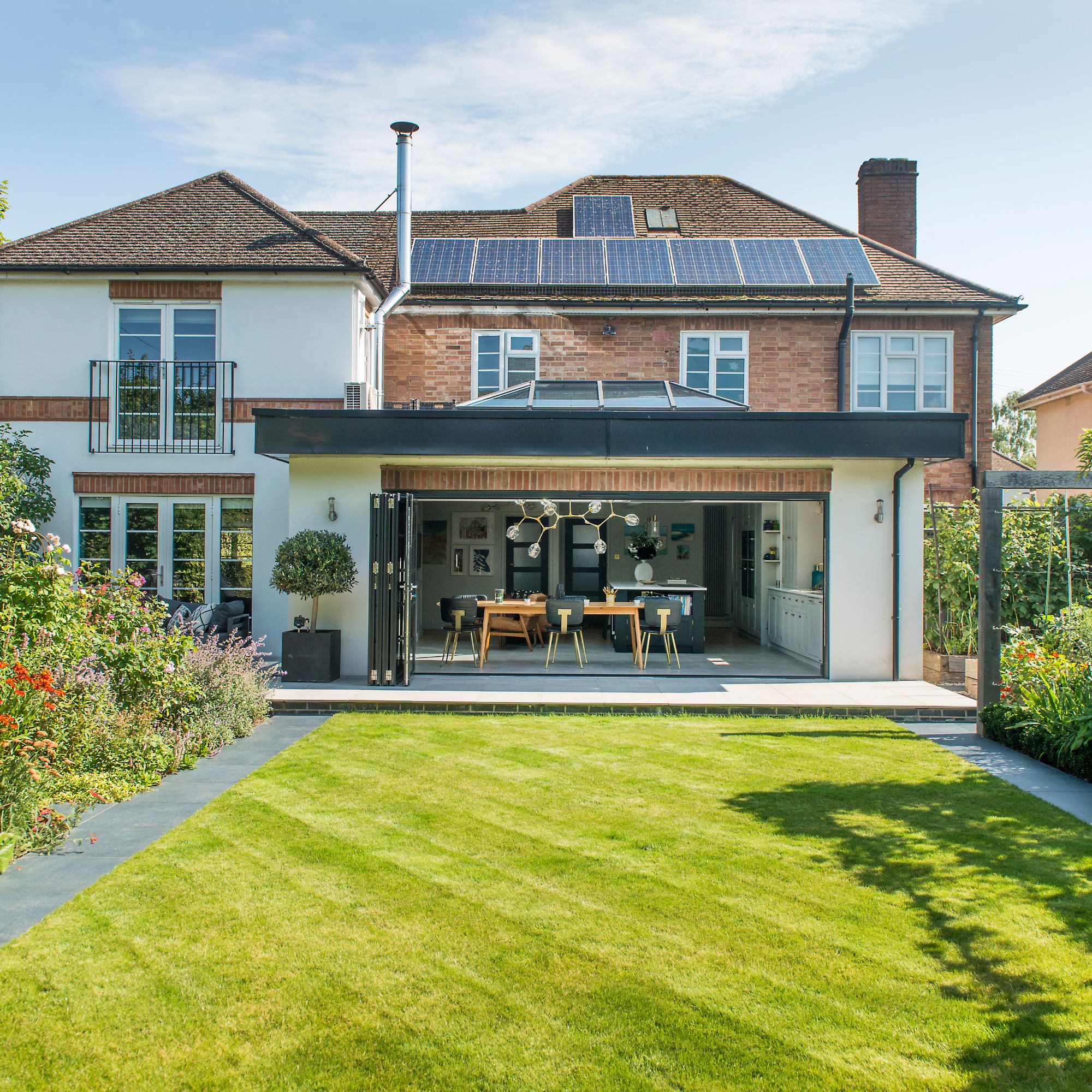 What is the Party Wall Act 3m rule and is it something you should be worried about? This is what the experts say
What is the Party Wall Act 3m rule and is it something you should be worried about? This is what the experts sayDon't get caught off-guard by the Party Wall Act 3m rule — our expert guide is a must-read
By Natasha Brinsmead
-
 Shoppers can’t get enough of The Range’s lemon tree, but I’ve found an even cheaper bestseller at B&Q - it’s perfect for a Mediterranean look
Shoppers can’t get enough of The Range’s lemon tree, but I’ve found an even cheaper bestseller at B&Q - it’s perfect for a Mediterranean lookWelcome the summer with this glorious fruit tree
By Kezia Reynolds